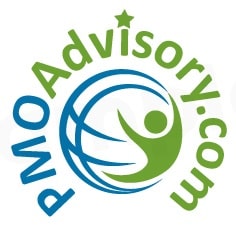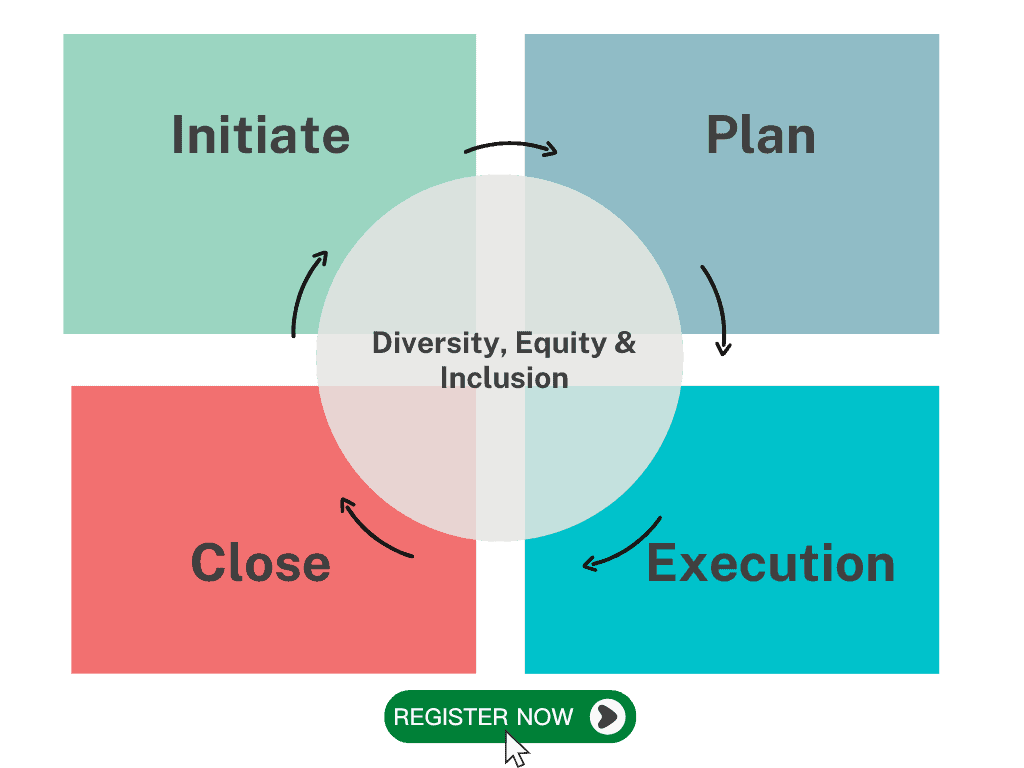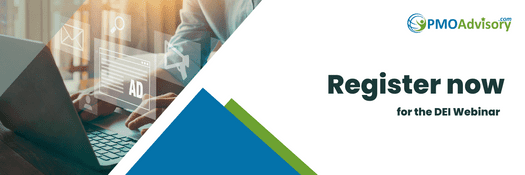The concept and drive toward Diversity, Equity and Inclusion (DEI) has now embedded in the public consciousness, at least with the enlightened professionals. The necessity for awareness and attention to equality and rights development around the world is a foundational human right. DEI is a set of terms used mainly in the workplace to guide policies and programs, to inform leadership and employees on equal representation, compensation and opportunity regardless of race, creed, disability status, gender, sexual orientation, religion, age, personality, geographical location and an array of characteristic differences.
Major companies often hiring firms to train employees on the subject, at times making it a requirement. Human Resources departments are challenged to ensure fair equity and opportunity, specifically around gender and race. Managers are expected to be inclusive of all team engagements and interactions. Many argue that diversity results in high performance and increased revenue. Over the years, a lack of inclusion and cultural awareness in things like corporate marketing has challenged product sales. In 2009, American Sociological Association research suggest that “companies reporting the highest levels of racial diversity brought in nearly 15 times more sales revenue on average than those with the lowest levels of racial diversity.”
The concept seems straight-forward; having various background and perspectives in collaborative work settings fosters unique and innovative solutions. For example, when a new building project requires ADA accessibility features, would you interview individuals that will use it or your buddy who just started a new construction company? History has countless cases of companies, municipalities and world efforts were failing to consider everyone affected in decisions, cost them greatly.
Putting these benefits aside, most companies and people recognize and practice DEI in some fashion because it is the right thing to do.
In project management studies, there are many chances for representation, opportunity, and compensation to be woven into the project management life cycle. DEI should begin at the start of a project, most critically when securing vendors and resources. By doing so allows for valuable input of stakeholder analysis, risks, and effective planning.
The most important time for DEI in the project is during execution. Having a diverse group when getting the work done can have positive affects on schedule, scope, and budget. A diverse team brings unique experiences, viewpoints, and solutions, specifically when they are engaged during the execution phase of project management. Even when reflecting on what can be done better next time (lesson learned); all team members add value. Leaders tend to shy away from team feedback to avoid being overwhelmed with complaints. Allowing teams to reflect on how things could have been done differently provides great insight and is the key to the success of the next project.
To hear further discussion on this topic, please join us on January 24, 2023 @ 1-2 pm ET, on a webinar about DEI in project management. The presenter, Ms. Renika Gibson, is a PMP who have dedicated a good part of her career on Diversity, Equity and Inclusion. To join, click here to sign-up: https://projectmanagement.aidaform.com/webinar-registration.
Also, please participant in our mini-study of DEI in Project Management. Please complete the survey here: https://projectmanagement.aidaform.com/dei-study.
Here is the planned agenda for the webinar:
- Diversity, Equity and Inclusion (DEI) Essentials
- DEI and Project Management (PM)
- DEI/PM Dos and Don’ts
- Good Practices
- Summary
- Discussion
- Appendix
The main takeaway is not just awareness but help you develop good practices toward achieving the DEI goals. DEI is a journey, and we hope your journal starts here.
This article is contributed by Ms. Renika Gibson. Many thanks to her effort.




